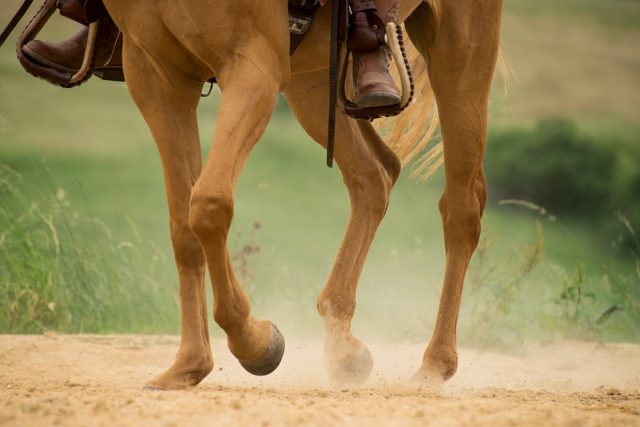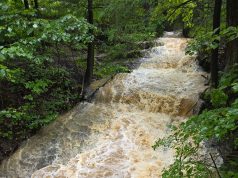What happens when a horse race is “off the turf?”
You probably have heard of horse races moving “off the turf.” That statement can only be understood if you are familiar with racing jargon and the basics of the sport.
Let’s look at what transpires when a horse race is taken off the turf.
What does it mean to be “off the turf”?
Horse racing usually takes place on three main surfaces: dirt, synthetic, or turf. Turf courses are the most sensitive of them all, as they are made out of natural grass and cannot be resurfaced in the same manner as loose materials can.
As a result, during rainy weather, when the ground is soft and horse feet easily produce divots in the course, turf courses aren’t used as often. When a strong downpour hits on a day when grass racing is scheduled, the races are frequently moved “off the turf” and fought on dirt or synthetic surfaces instead.
The effects of racing off the turf
You will notice a lot of scratches when a race moves from turf to dirt or synthetic. Turf horses, after all, compete in turf races and aren’t always suited to competing on other surfaces.
On the other hand, an off-the-turf race may attract one or two entries. When rain is expected at the time of entry, horses are occasionally registered for the “main-track only,” as indicated by the acronym “MTO” in the entries. These also-eligible racers will be scratched if the event is held on turf, but will be cleared to compete if the race is held on any other surface. Such details are revealed across Betway betting and other horse racing betting platforms.
Decisions to move a race off the turf are usually taken before starting a race card. However, if poor weather forces a changeover after the start of a race, some laws govern how horse racing betting is handled in terms of refunds and payoffs.
Betting on off-the-turf races
For horse racing enthusiasts, online betting platforms, such as Betway, present multiple markets for races, but there are tips you’ll need to learn to make it worthwhile. For instance, in case a race has been rained off the turf, it’s best to ignore the morning line odds and presume that the betting will be considerably different. On turf, a plausible favorite may be a longshot on dirt, while a 20-1 longshot on turf could have a far better chance on dirt.
Betting on horse racing is not as easy or straightforward as you might think; therefore, it is advisable to go through previous performances for horses that have shown promising form on the new surface. Bring pedigree handicapping, including sire and dam statistics, into the mix. Which turf horses have the pedigrees to excel on dirt or synthetic surfaces? Which jockeys excel at riding on dirt?
Identifying an off-the-turf race
It is not difficult to tell when a race has been rained off the turf. The turf course’s status will be reported as “off,” maybe with numbers indicating which races have been rained off.
After completing the races, official result charts will show that an off-the-turf race was run on dirt or synthetic after it was initially planned for grass. Finally, instead of the typical “T” in a circle denoting turf races, Brisnet Ultimate Past Performances designates off-the-turf races with a mark “X”.










